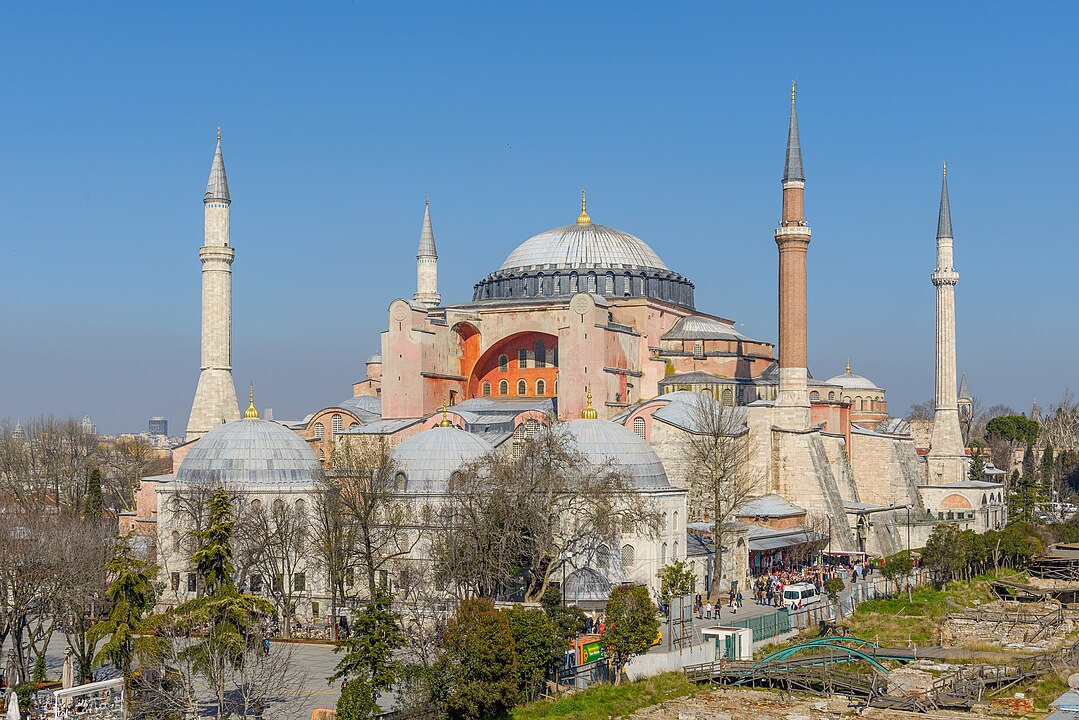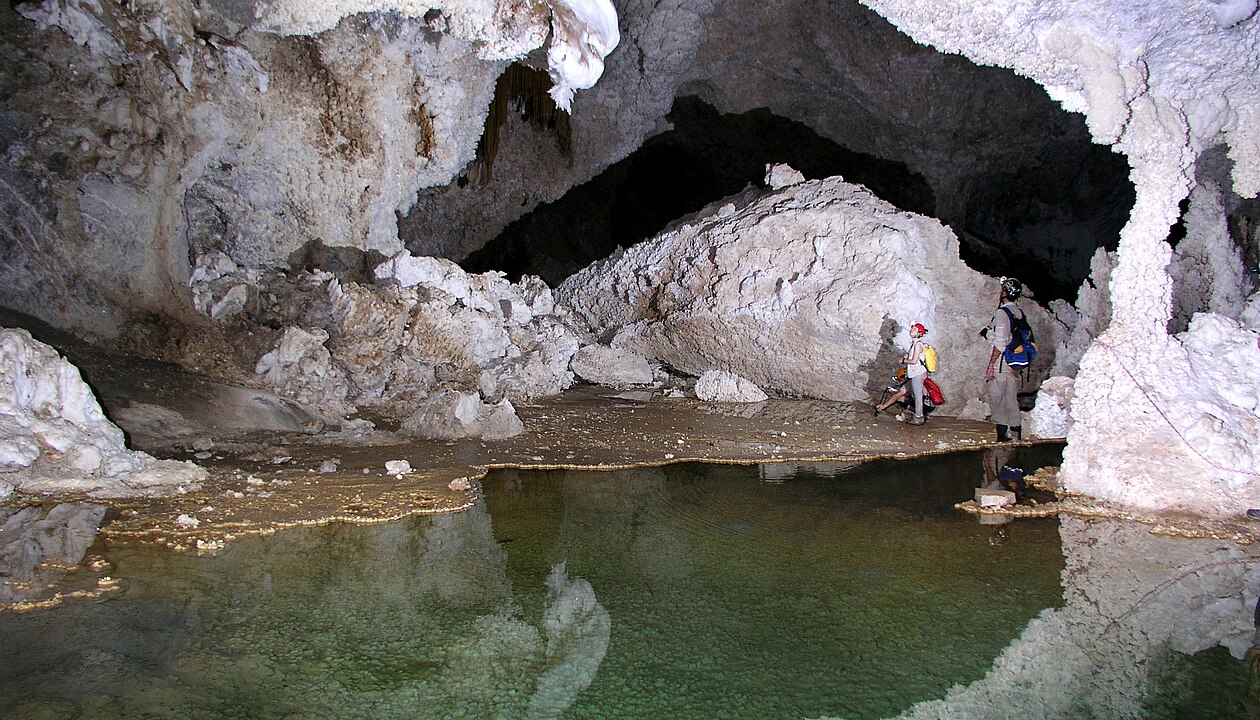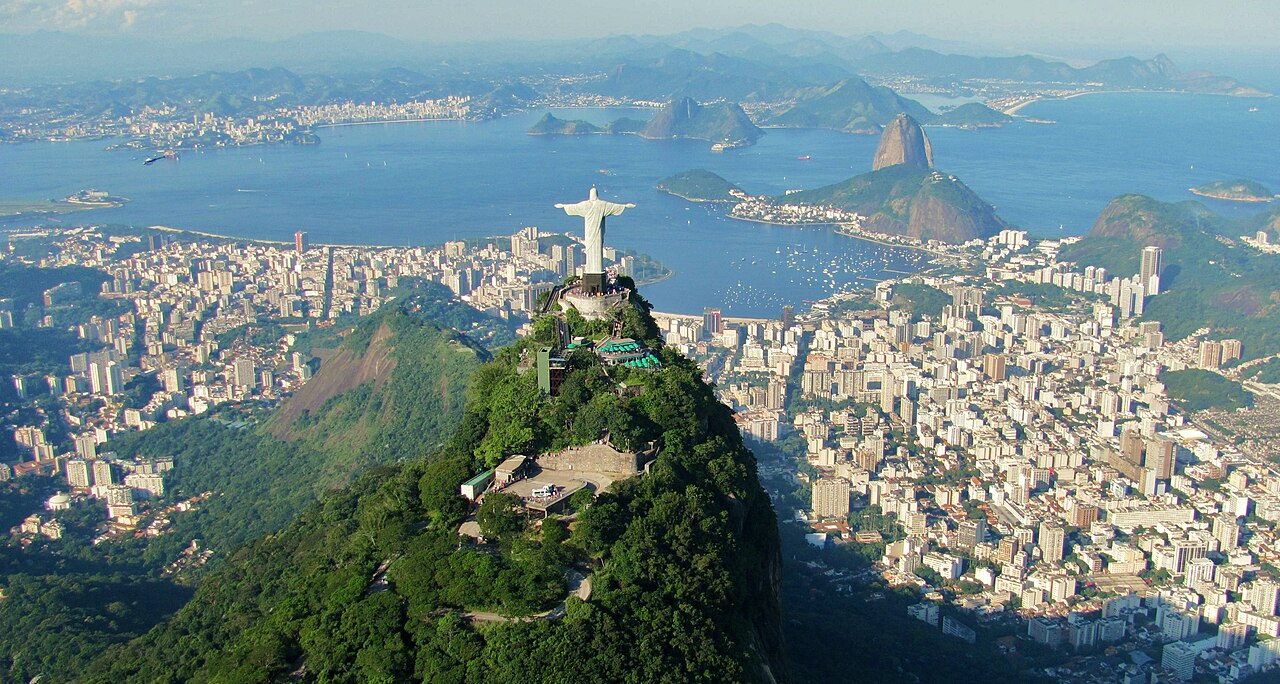Ancient builders worked with stone, wood, bronze, and brilliant math, yet their results still dominate skylines and imaginations. They lifted water across valleys, spanned domes without steel, and carved cities into cliffs where rain is rare. Roads met with surveyor’s precision, terraces fed entire capitals, and crowd flow looked modern long before turnstiles. The feats below show how design, labor, and local materials solved hard problems with grace. Their lessons travel well today, because strength, simplicity, and good site choices age better than trend.
Great Pyramid of Giza, Egypt
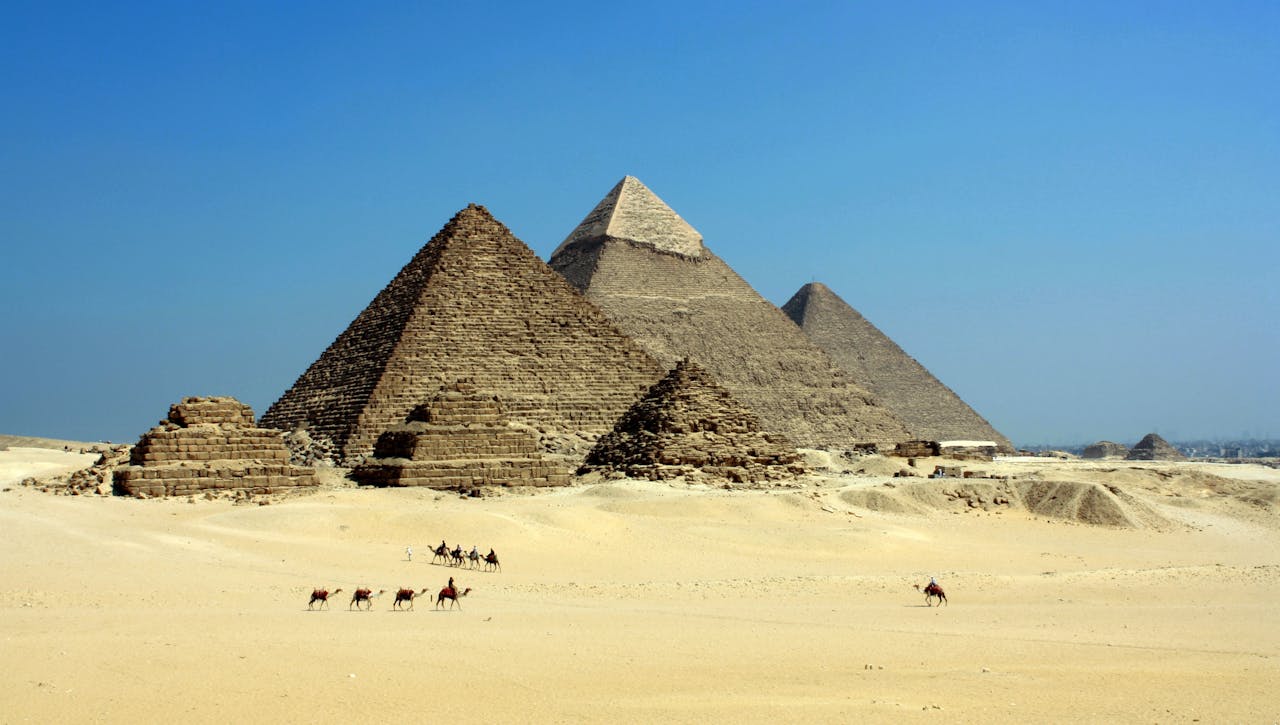
Raised around 2560 BCE, Khufu’s pyramid aligns closely with cardinal points and rests on a leveled bedrock platform polished within inches across a vast footprint. Quarry marks, ramp remains, and copper tool wear tell how ordinary means scaled extraordinary ambition. The internal Grand Gallery locks massive blocks into place while relieving pressure from chambers below. After four and a half millennia of wind and sun, the geometry still reads crisp, a quiet argument for patient planning and precise survey.
Roman Aqueducts, Pont du Gard, France
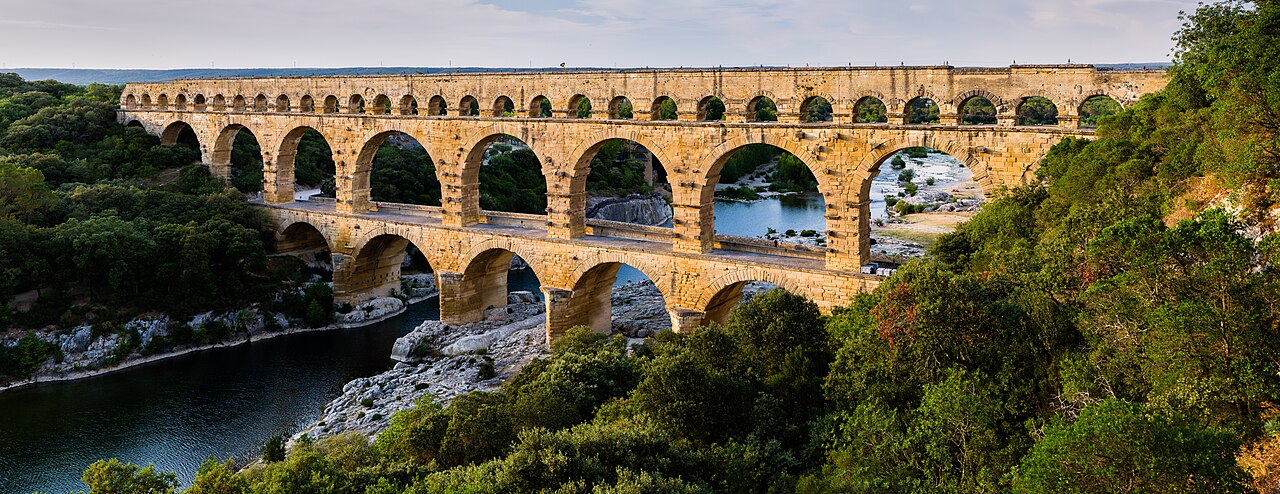
Roman engineers taught gravity to commute. At Pont du Gard a gentle grade carries water over the Gardon River on tiers of arches that distribute load while allowing floodwater to pass. Lime mortar, drafted stones, and tight tolerances kept leaks rare and maintenance predictable. Across the empire, siphons, settling tanks, and inspection shafts turned city water into a daily utility. The elegance sits in restraint, a fall so slight the stream looks still, yet arrives miles away right on time.
Great Wall of China, Northern China
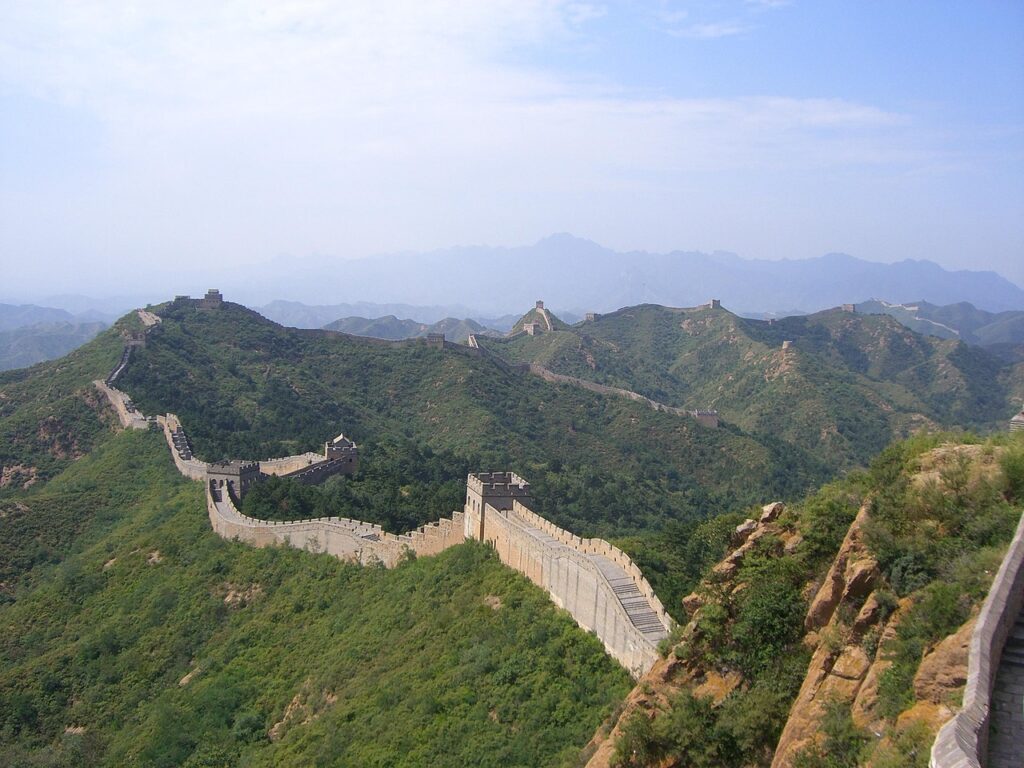
More than a single line, the wall is a system of ramparts, beacon towers, and mountain passes adapted to local stone, brick, and tamped earth. Ming era sections stitch ridgelines to command sightlines, while earlier works follow trade routes and river bends. The wall is logistics made visible, where roads for troops, cisterns, and signal codes turned terrain into advantage. Erosion, repair, and reuse continue, yet the idea remains clear, shape the frontier to the land, not the map.
Machu Picchu Terraces, Peru
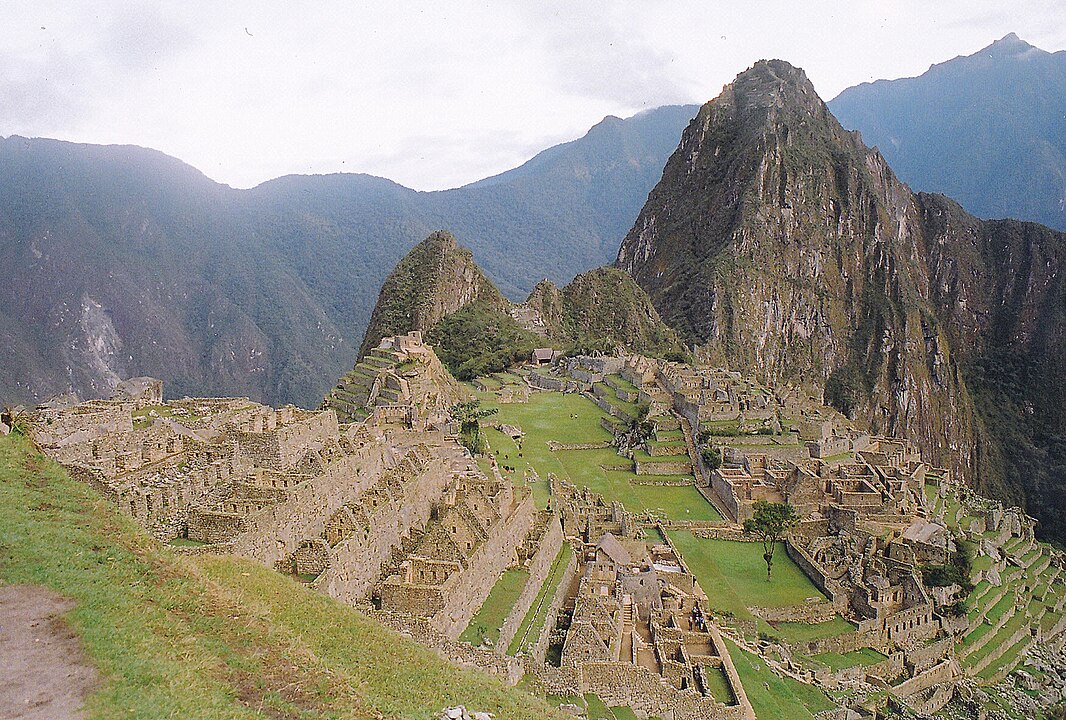
Andean masons set granite blocks without mortar, then carved terraces that knit the ridge to the city and manage rain with layered gravel and drains. Springs feed fountains by gravity through finely cut channels, and the Intihuatana stone frames solar dates in clear air. The whole complex balances agriculture, ritual, and slope stability. In a cloud forest that tests every wall, the site endures, proof that drainage and fit matter more than mass when mountains move and storms return.
Petra Waterworks, Jordan
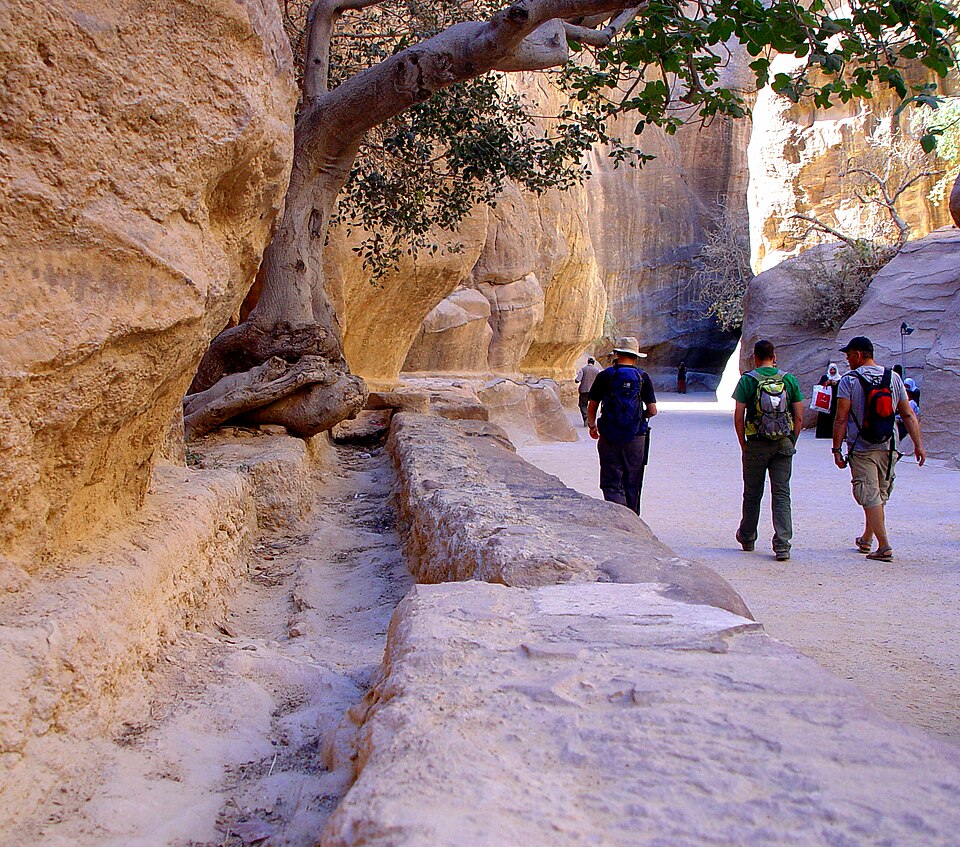
Nabataean engineers turned a dry canyon into a capital by hiding water in stone. Channels hug rock faces at steady grade, ceramic pipes bridge gaps, and covered cisterns bank winter floods for summer life. Sand traps settle silt before it fouls storage, while overflow routes protect streets from sudden desert rain. Carved facades get the attention, yet the city’s pulse ran in gutters and plugs that a hand could lift. Infrastructure, not spectacle, made the rose red metropolis possible.
Parthenon’s Optical Refinements, Greece
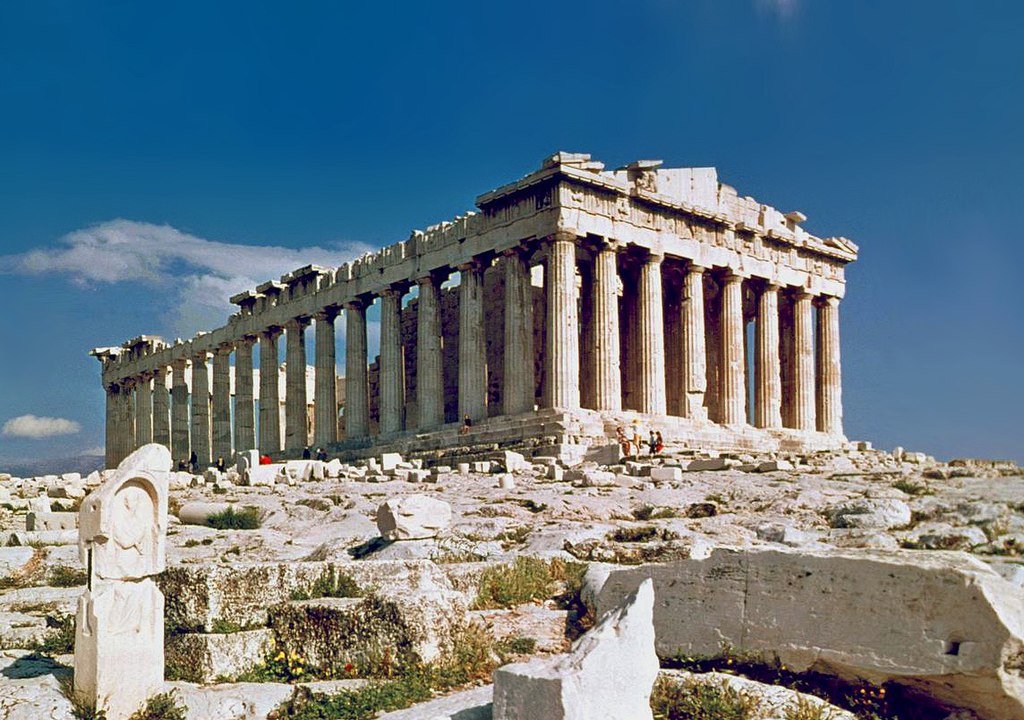
The Parthenon looks straight because almost nothing is. Stylobate and entablature rise in subtle curves, columns lean inward, and corner shafts grow slightly thicker to correct optical sag. Builders mixed marble like light, quarrying and fitting pieces so joints vanished under sun. Geometry met craft to create a temple that rewards both distance and close study. Even in ruin the adjustments still fool the eye, a reminder that precision can serve feeling, not only measurement.
Colosseum’s Machinery And Crowd Flow, Italy
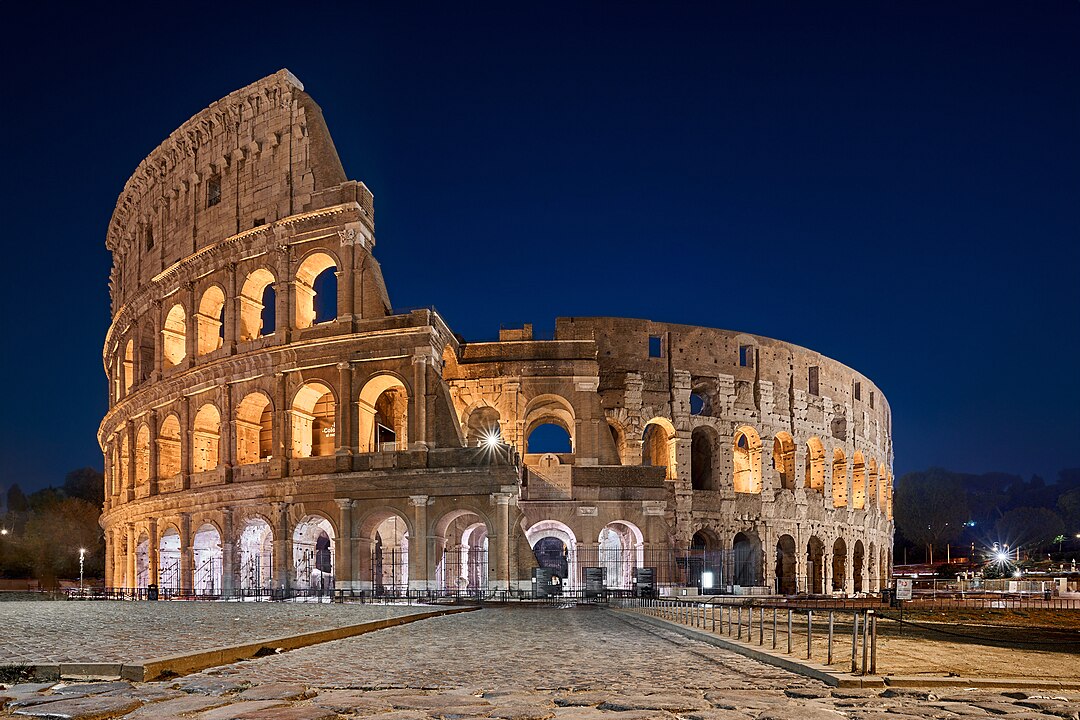
Rome’s amphitheater is a lesson in movement. Numbered arches, vomitoria, and ring corridors empty or fill tens of thousands in minutes, while radial walls carry loads cleanly to the ground. Below the arena, elevators and winches once lifted animals and scenery for sudden reveals, a backstage city powered by muscle and gear. The exterior alternates orders for rhythm and strength, and travertine clamps it all together. Function leads, yet the scale reads festive, a civic machine dressed for shows.
Hagia Sophia’s Suspended Dome, Turkey
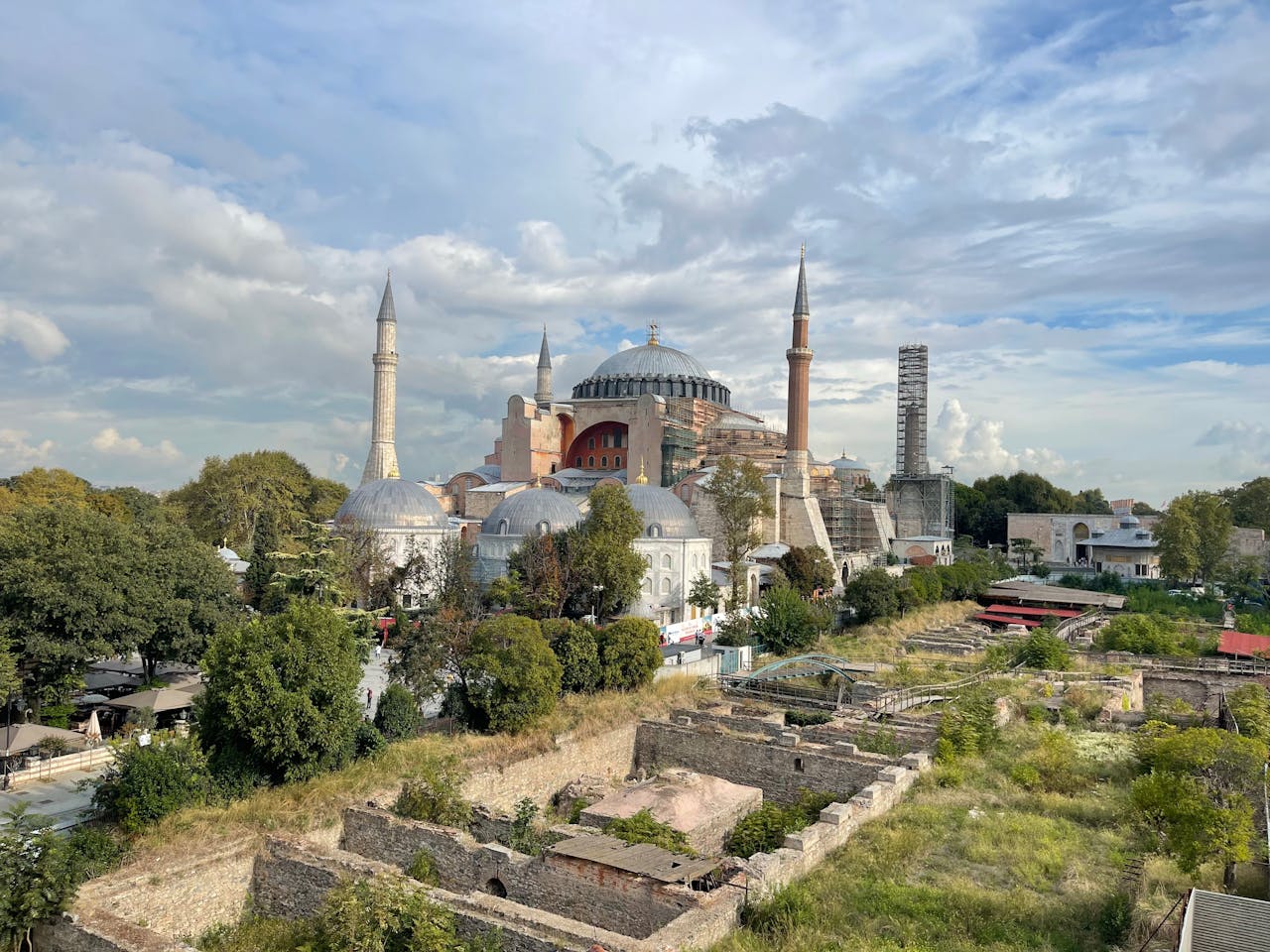
In 537, builders set a vast dome on pendentives that turn a square into a circle, then laced it with semi domes to spread thrust like ripples. Light pours from a ring of windows at the base, making the vault seem to float above marbled walls. Rebuilds after quakes added ribs and chains that act like belts around the crown. The result feels both airy and inevitable, a marriage of mathematics and masonry that still teaches how to hold space open.
Dujiangyan Irrigation System, China
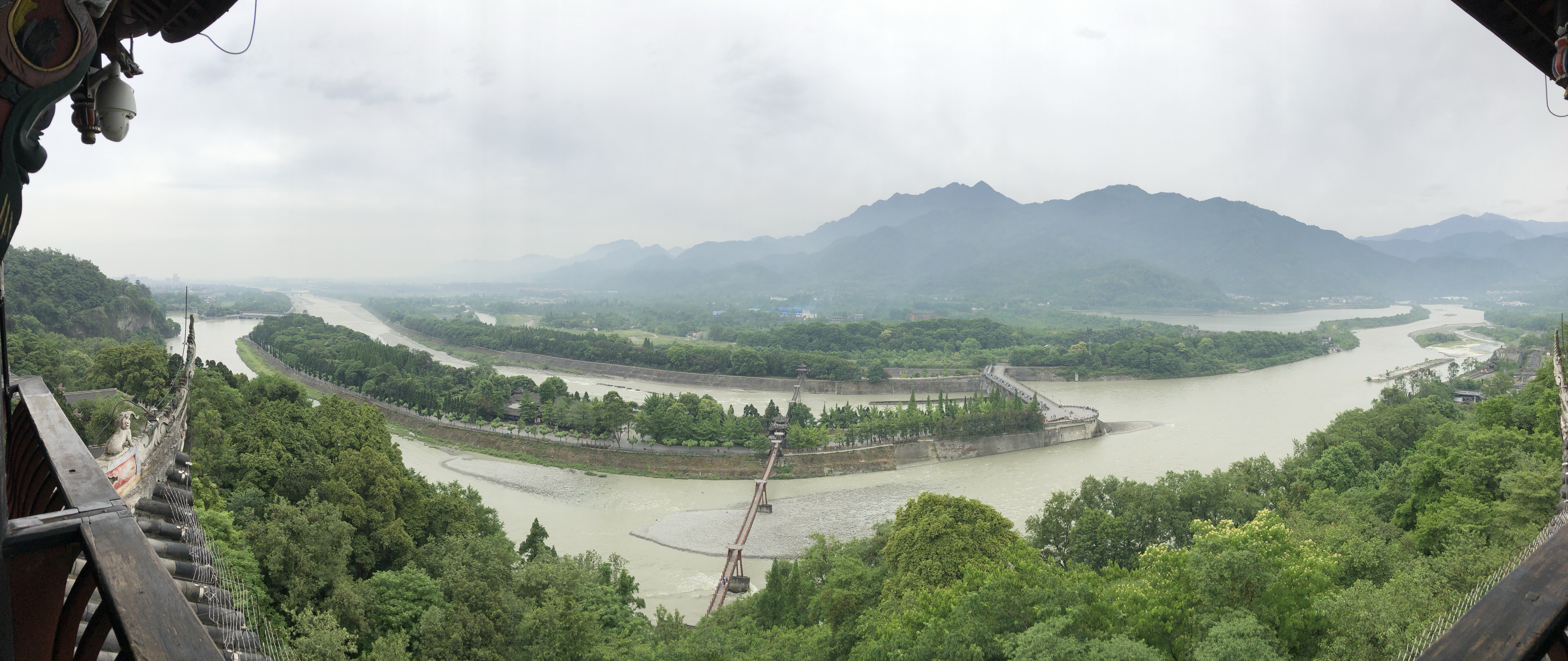
Built in the third century BCE, Dujiangyan tames the Min River without a dam. A levee shaped like a fish’s mouth splits flow, a curved spillway bleeds floods, and a rock cut channel feeds Chengdu’s plain with silt rich water. The design adjusts to seasons and keeps fish runs intact, a rare ancient system that reads ecological today. Farmers still benefit, fields stay fed, and the river breathes, which is the point of engineering that listens rather than imposes.
Teotihuacan’s City Grid, Mexico
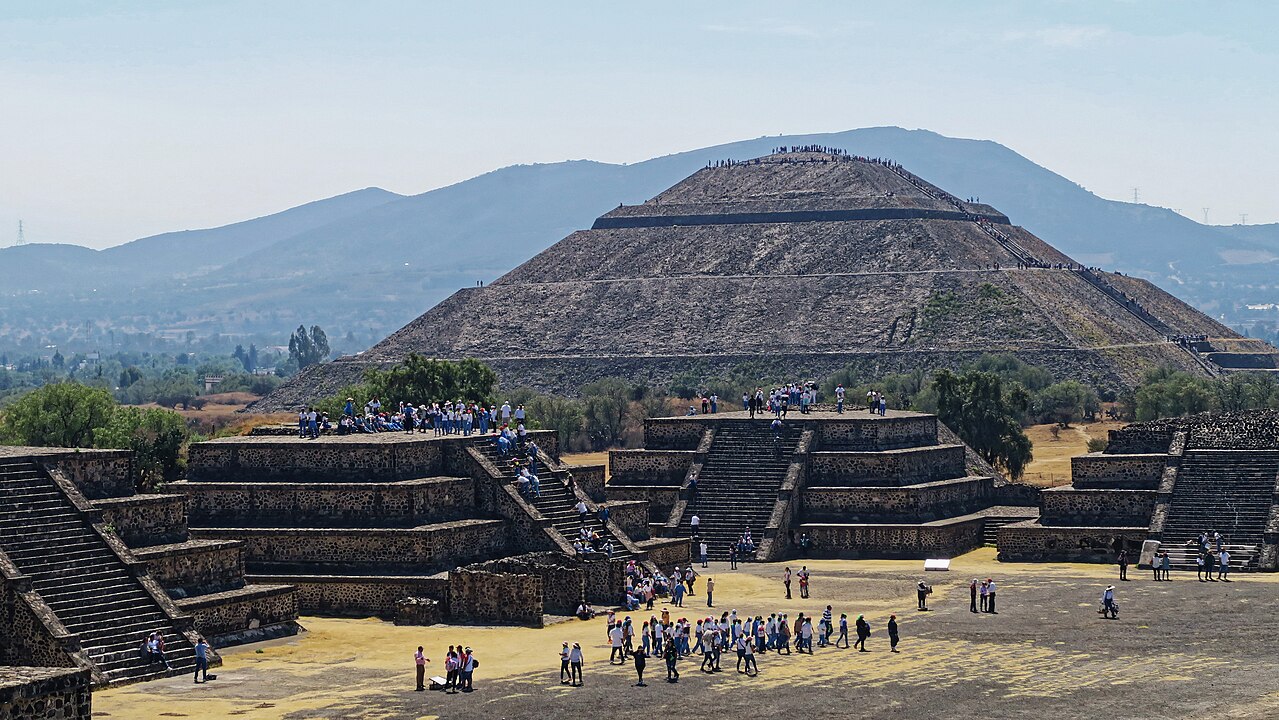
Teotihuacan planned urban life at continental scale. The Avenue of the Dead aligns with sacred mountains and celestial events, while apartments standardize courtyards, drainage, and privacy for a diverse population. Pyramids anchor processions, yet daily water and waste management show the deeper skill. Builders used talud tablero forms like musical phrases, repeating them with local stone and lime. The city’s order remains legible from the air and the street, a template for civic clarity that outlasted its rulers.
